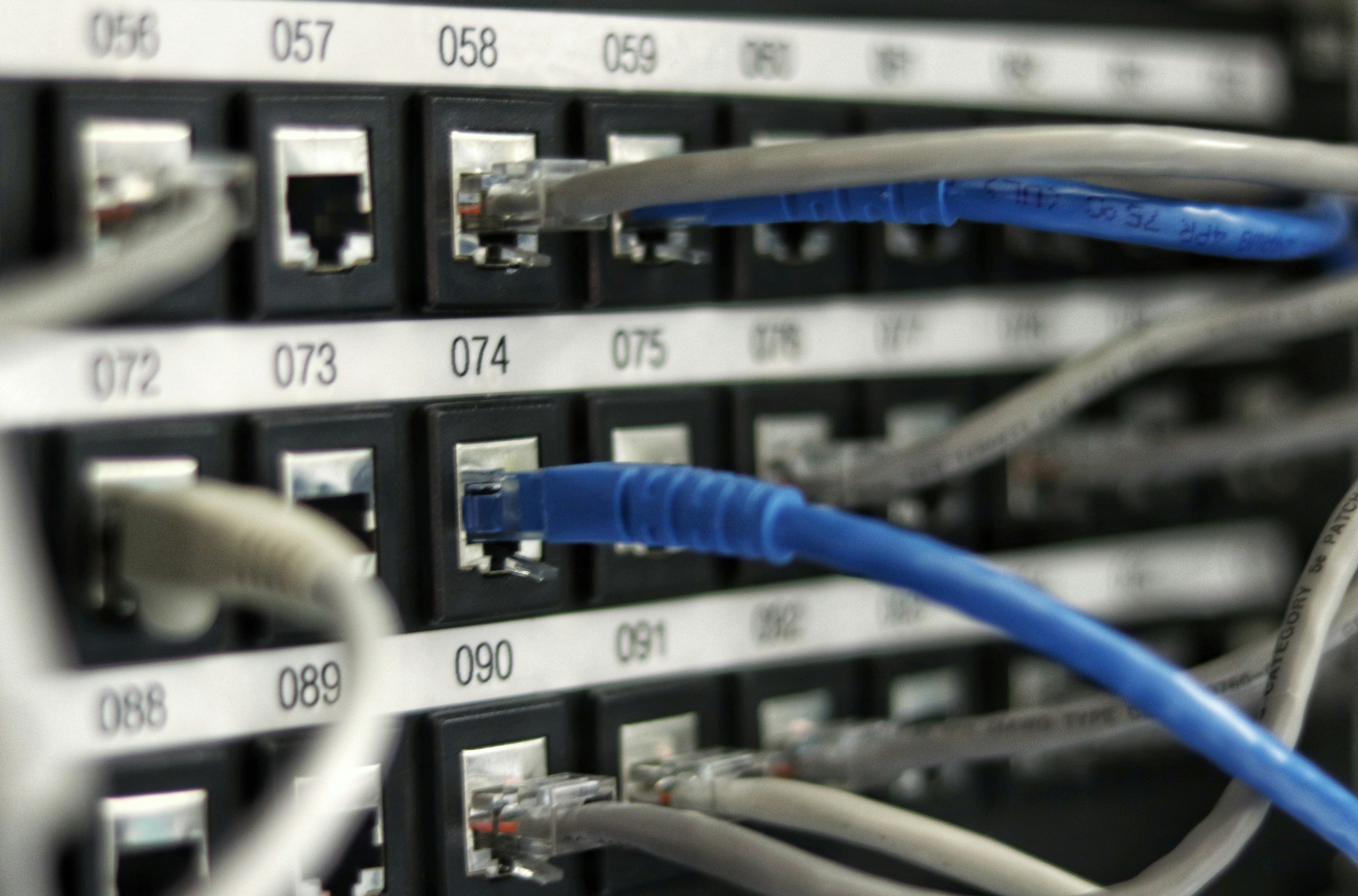
You can get a browser add-on or extension to conceal your IP address and location as you surf the web. There are also apps you can install on your laptop or mobile device to hide your IP. But why exactly is there a need to hide the IP address? Why did Google decide to hide IP addresses in Chrome by default?
There are a number of reasons for this. First, hiding the IP address prevents trackers from revealing your location and stops them from targeting you with ads or a cyber attack. Another reason is to bypass geo-restrictions implemented by some websites that attempt to limit their audience or stop internet users from certain locations from accessing their online services. Additionally, IP address concealment helps in addressing instances of identity theft by preventing cyber criminals from extracting your location details.
However, it is important to note that hiding your IP address is not enough. In establishing a formidable security posture, there are other aspects to be addressed beyond the exposure of IP addresses.
Going beyond IP address concealment
The IP address is just one part of the broader suite of computer communications protocols called TCP/IP. It is important to have a robust understanding of the mechanisms behind the transmission of messages or media on the internet. TCP/IP governs the ways by which data is transmitted and received across networks, serving a key role in the accurate, efficient, and secure undertaking of online interactions.
TCP stands for Transmission Control Protocol. It is responsible for establishing and maintaining connections between devices online, particularly in ascertaining that data packets are properly transmitted. This protocol comes with the ability to detect errors, regulate the flow of data, and prevent traffic congestion.
IP, on the other hand, is an acronym for Internet Protocol, which is regarded as the base protocol of internet communications. It addresses and routes data packets across networks. It is also the underlying protocol for the assignment of IP addresses that should be unique for every device, ensuring the correct forwarding of data packets to their destinations.
IP is a broader protocol, which focuses on taking network packets to the intended destination computer. TCP can be regarded as the narrower protocol that ensures that the network packet that reaches a computer goes to the correct application within the said computer. This is why network packets come with an IP header followed by a TCP header. Concealing the IP address may provide a barrier against attempts to determine the origin of a network packet like the request made by a device when attempting to view a page of a website. However, it does not address other threats.
Addressing the threats
Again, simple IP concealment does not provide complete privacy or data protection. For example, in the case of TCP/IP Hijacking, the use of a proxy server or Virtual Private Network (VPN) may provide a layer of protection. However, this protection may not be reliable enough.
The proxy server or VPN provider, especially the “free to use” ones, could potentially be fronts for cybercriminals that are luring in potential victims. Many resort to using free VPN services to bypass geographical restrictions or limited-access policies implemented by some websites. These users may be inadvertently exposing themselves to data theft, especially if they are being forced to install a browser extension or a mobile app from a source outside reputable app/software stores like the app stores of Google and Apple. In other words, in an effort to hide the IP address, users may be unwittingly subjecting themselves to bigger threats.
It is also possible that the VPN provider is not a threat actor, but it may be keeping logs of actual IP addresses and user activities. These logs can be compromised and expose a VPN user’s details.
IP concealment can also be undermined by data leaks in certain applications that are unintentionally exposing IP addresses. Web Real-Time Communication (WebRTC), for example, was once reported to have exposed the real IP addresses of its users even when the users were connected to a VPN service.
DNS leaks can also toss a monkey wrench into the IP hiding scheme. Devices that are making Domain Name System requests can expose their real IP address even while operating behind a proxy server or VPN due to misconfigurations or security issues in the operating system of the device or the VPN software used.
Additionally, there are websites and online services that can see beyond IP concealment strategies through device fingerprinting. They can identify devices through a combination of details such as the browser used, screen resolution, browser plugins installed, and the web pages regularly visited.
Ensuring adequate TCP/IP protection
IP concealment through proxy servers or VPN services establishes a first line of defense but organizations should not focus on merely being able to hide the IP address. It is important to look at the mechanisms behind IP concealment and examine the reputability of the proxy server or VPN provider. Again, IP concealment is not foolproof. Persistent and guile cybercriminals will not stop looking for ways to defeat cyber defenses.
Aside from hijacking, the TCP/IP suite of protocols can also be targeted by man-in-the-middle (MitM), IP spoofing, and packet sniffing attacks. Threat actors can eavesdrop on online communication between two parties without being detected by inserting themselves into the communication flow. They can spoof IP addresses to impersonate trusted entities or network packet sources and avoid threat detection tools. They can also intercept plaintext data exchanged online to steal passwords and other sensitive information.
To ensure adequate protection, it is important to deploy other security solutions such as next-generation firewalls to filter out anomalous traffic and monitor potentially malicious activity patterns. The implementation of Intrusion Detection and Prevention Systems (IDPS) also helps in detecting suspicious activities in the network and promptly mitigating the risks. It is also advisable to use encryption protocols such as Secure Sockets Layer/Transport Layer Security (SSL/TLS) to prevent non-parties from reading the data being transmitted over the internet.
Key takeaways
Hiding IP addresses alone is not a cybersecurity strategy. It can even be a risk especially when it is being done through run-of-the-mill VPN or proxy apps or services. However, IP concealment can be a feature of reliable security solutions designed to protect TCP/IP like VPN services that come with DDoS protection, intrusion detection and prevention functions, as well as encryption.
It is important to be mindful of the solutions or services used in IP address concealment. Organizations should look at the threats on TCP/IP beyond ad targeting. There should be security tools in place to counter TCP/IP hijacking, MitM, DDoS, IP spoofing, and packet sniffing attacks. Also, misconfigurations and vulnerabilities in TCP/IP should be promptly addressed.
Share this post
Leave a comment
All comments are moderated. Spammy and bot submitted comments are deleted. Please submit the comments that are helpful to others, and we'll approve your comments. A comment that includes outbound link will only be approved if the content is relevant to the topic, and has some value to our readers.



Comments (0)
No comment